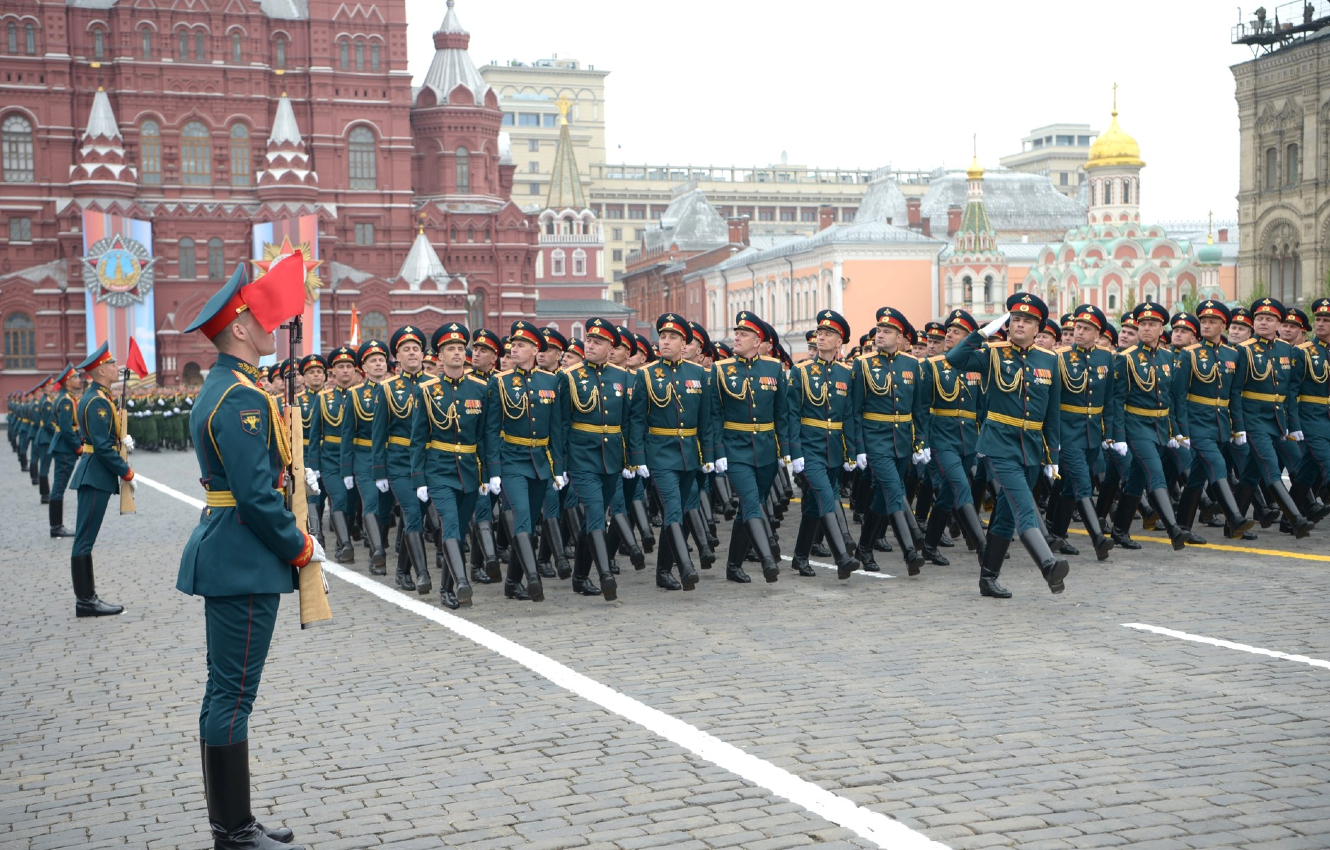
The Russian Federation Council has given its final approval to an increase in military spending for 2025. The budget allocates a record-breaking 13.5 trillion rubles (approximately $125 billion USD) to “national defense,” representing a nearly 30 percent surge compared to 2024’s already substantial allocation. This marks the highest level of military expenditure since the Soviet era, dwarfing even the record-setting budget approved for 2024. The sheer scale of the increase underscores Russia’s unwavering commitment to its ongoing war in Ukraine and its increasingly tense relationship with the West.
A Budget Outpacing Social Spending
The 2025 defense budget dwarfs allocations for other crucial sectors. The sum earmarked for national defense surpasses the combined spending planned for welfare and education, highlighting the prioritization of military might over social programs. Further complicating the picture, the official figure doesn’t encompass the substantial, undisclosed resources allocated to “domestic security” and other classified initiatives. This opacity makes it difficult to fully comprehend the true extent of Russia’s military spending. The budget now awaits President Vladimir Putin’s signature to become law.
The War in Ukraine: A Driving Force
The dramatic budgetary increase directly correlates with the protracted and brutal conflict in Ukraine. With intense fighting in eastern Ukraine, where Russia has been making incremental gains, and even within Russian territory near Kursk, Moscow shows no sign of diminishing its commitment to the military campaign. The Kremlin’s rhetoric remains fiercely anti-Western, condemning the ongoing supply of weapons to Ukraine and demanding Kyiv’s unconditional surrender, including relinquishing claimed territories and forswearing any future NATO membership.
Escalating Tensions and Military Posturing
Economic Realities and the Ruble’s Decline
Russia’s massive military spending occurs against a backdrop of economic strain resulting from the war. The ruble, once relatively stable, has faced significant pressure, weakening from approximately 75-80 rubles per US dollar to over 105 rubles. While the 2025 budget projects GDP growth of 2.5 percent and a gradual decline in inflation (4.5 percent in 2025, declining to 4 percent in subsequent years), these figures must be viewed cautiously, considering the volatile geopolitical and economic environment. These economic pressures raise questions about the long-term sustainability of such extensive military spending.
Ukraine’s Parallel Spending Increase
Reflecting the escalating conflict, Ukraine also recently approved a substantial increase in its own defense spending. The Ukrainian parliament approved a budget allocating more than $53 billion USD (2.2 trillion hryvnias), representing approximately 26 percent of its GDP, for defense and security in 2025. This underlines the scale of the military commitment required from both sides, further intensifying the conflict and its associated costs.
A High-Stakes Gamble
Russia’s monumental military budget for 2025 signifies a profound commitment to its ongoing war in Ukraine and a hardening stance against the West. While projecting economic growth and a reduction in inflation, the long-term economic implications of this massive expenditure remain uncertain. The sheer scale of the investment suggests a willingness to endure significant economic hardship to achieve its military objectives, setting the stage for a potentially protracted and costly conflict. The coming year will be critical in determining the impact of this high-stakes gamble on both the battlefield and the Russian economy.
